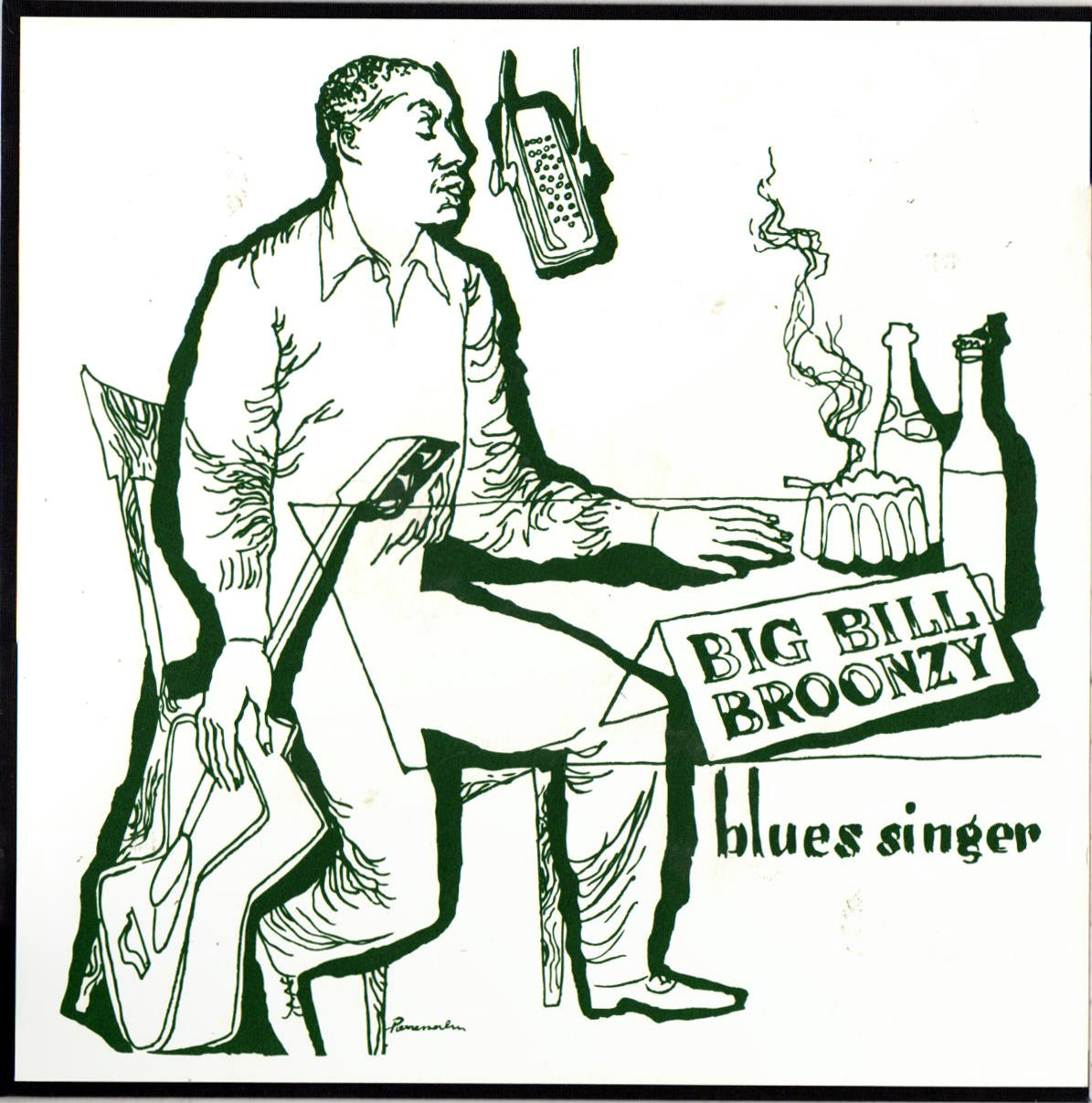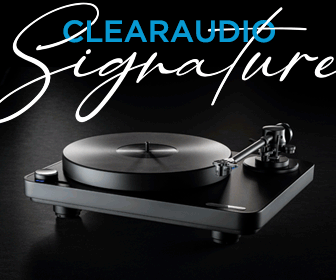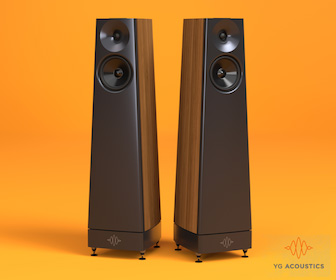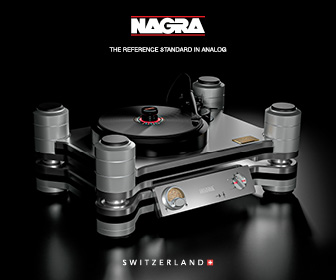Big Bill Broonzy Blues Singer Vol. 1 and Vol 2.
Sam Records 45 rpm Artisan series reissue of Vogue ten inch LPs
On July 18, 1951, Bill Broonzy got off a plane in Brussels, was met by a member of the Hot Club of France and began his first tour of Europe. A Black American guitar playing, self accompanied blues singer was a little understood novelty in Europe in 1951. Blues was considered by jazz critics and fans to be a primitive form of jazz that had flourished in the 1920s only to degenerate into a simplistic, sexually suggestive dance music. Very few Europeans, only those who had traveled to the U.S. or who had American collector friends who mailed “want list” selections, had ever heard the records of Muddy Waters, Lightnin’ Hopkins or Elmore James which were popular with contemporary Black audiences in the U.S. Even fewer had heard acoustic country blues or any of Broonzy’s 1920s and 1930s recordings.
Leadbelly in 1949 and Josh White in 1950 had toured in Europe, performing in the folk blues style considered by Black Americans to be diluted and archaic. Broonzy, a shrewd professional, gave European audiences what they expected and, on his tour, masterfully performed the same “blues for white folks” act that he had been practicing and perfecting since his triumphant introduction to the white audience at the Spirituals to Swing concert in 1938.
Tour organizer Hugues Panassiè, a jazz critic and near fanatical apostle of traditional jazz which he called “the real jazz,” believed that Broonzy was one of the greatest blue singers and convinced the owners of Vogue, a French jazz label, to record him. On September 20 and 21, 1951, Bill Broonzy was in a recording studio in Paris making his first recordings in more than two and a half years with Panassiè as producer.
Panassiè and or Broonzy made the wise decision to record him solo with only his guitar and without the inappropriate jazz band accompaniment used at concerts during the tour. At the two sessions, Broonzy recorded 24 tracks, including alternate takes, and documented a substantial part of the folk blues repertoire he had developed and played at his European concerts. In March 1952, amidst another successful European tour, he was once again back in the studio for Vogue playing solo and performing six blues and two gospel tunes.
Later that year, Vogue released two ten inch microgroove 33 rpm records, entitled Blues Singer Vol. No. 1 and Blues Singer Vol. No. 2, which included fifteen songs from the three sessions. Whoever compiled the albums, probably Panassiè, made an effort to ensure that the titles were not misleading and included most of the “blues” portion of Broonzy’s “folk-blues” repertoire. The very popular with audiences, folkish tunes like “John Henry,” “Black, Brown and White,” “Nobody Knows The Trouble I’ve Seen,” and the pop tune “When Did You Leave Heaven?” were omitted.
The Vogue recordings are the most artistically successful of Broonzy’s folk-blues recordings. In 1951 and 1952, Broonzy’s folk-blues voice was a beautiful, powerful instrument with a warm, dark and vibrant color, not yet affected by the lung cancer which would kill him in 1958. It wasn’t the conversational, plain spoken, seemingly artless blues voice that can be heard on the four songs he recorded in Chicago for Black jukeboxes in November 1951. That voice was for the Black people who knew the blues. No, the folk-blues voice was a dramatic, artistic, more technical voice that showed the influence of pop and jazz singers. To be succinct, he sounded less Black. His diction was clearer, his phrasing more regular, and he focused on singing the melody rather than riding the groove. It was a performance voice for white people who didn’t know the blues. His folk blues voice may have been artifice, but it was artifice created by a man of such talent, charisma, innate integrity, and soul that even when he is performing an obsequious act, pretending to be a sharecropper, telling stories that were “true” but not factual and singing folk songs, you can’t help but believe and be moved.
That Broonzy was also one of the greatest blues guitarists is readily apparent on the Vogue recordings. His time feel is rock solid with a grooving feel honed by playing hundreds of gigs for dancers. Like many blues guitarists used to playing solo, he had learned to mimic a band, simultaneously picking rhythm on the bass strings with his thumb and the melody and counter melodies with his fingers to create a constantly changing, complex improvised accompaniment to his singing. Frequently he sounds like two superb guitarists playing their flashiest licks. Most importantly, using inexpensive, off the shelf instruments, he was able to produce one of the most beautiful of all acoustic guitar sounds--- warm, mellow, but also dynamic and clean with resonant blue overtones.
Blues Singer Vol. 1 features seven blues, almost all in slow tempos. Any of Broonzy’s hundreds of jukebox, dance, and party tunes are noticeably absent. “Blues In 1890,” aka “Joe Turner Blues,” is an incredible guitar show piece. While he talks and sings, he plays varying rhythms, including lots of show off boogie woogie, all propelled by Broonzy’s dexterous thumb.
Broonzy’s version of Bessie Smith’s “Back Water Blues” is played slower than the original version with a superb guitar arrangement and mournful storytelling vocal. The last line Bessie sang was “There ain’t no place for a poor old girl to go.” Broonzy’s last line, “There was thousands and thousands of my poor people, at that time, they didn’t have no place to go,” makes the song a social comment rather than a tale of personal woe.
“In The Evening,” Make My Getaway,” and “Low Land Blues” are lonesome, late night slow blues with beautiful, sensitive, sparse guitar playing that perfectly complements the vocals. “Hollerin’ And Cryin’ The Blues” is over nine minutes long and is a tour de force—a stream of consciousness, blues “art song” which creates a powerful mood and demonstrates Broonzy’s vocal virtuosity. “The Moppin’ Blues” is the one up tempo tune and, over a strong groove on the bass strings, Broonzy plays some superb, shiny clean licks and throws in some “where did that come from?” show off fills behind his vocal.
Blues Singer Vol. 2 is more blues, a little more down home this time, plus two gospel tunes. “Down By The Riverside” was already in 1952 an overdone pop gospel tune but was undoubtedly a sing along concert favorite. Broonzy’s raggy guitar accompaniment and almost jivey vocal ironically undercut the moralizing lyrics. “Stand Your Test In Judgement,” a frequently recorded spiritual, is a perfunctory performance especially when compared to Clara Ward’s great 1962 version. It’s obvious that Broonzy, after decades performing blues in Chicago bar rooms, was simply not comfortable singing gospel.
There are two cover versions—Big Joe Williams’ “Baby Please Don’t Go” and Johnny Temple’s “Louise Louise,” which are very well played and sung but slick compared to the original juke box hits. “Hey Bud Blues” is a talking blues that is a combination of late 1920s hokum blues and veiled social comment. “Do Right Blues” has sermonizing lyrics sung to a standard blues melody. “Letter to My Baby” sounds like an impromptu studio creation; the lyrics are not coherent, and the guitar part doesn’t seem worked out. With “Kindhearted Blues,” Broonzy decided to do some real blues, and plays some superb guitar and sings tough blues lyrics of the type his concert audiences never heard. “She said, Bill I will buy you a coffin, boy and a grave just to put it in.”
Vogue did not credit on the original records the obviously talented engineer(s) or the excellent studio(s) used to record Blues Singer Vol. 1 and Vol. 2. and they remain unknown today which is unfortunate because acclaim is due. These are great mono recordings, equal to or possibly even better than the 1957 Bill Broonzy Story recordings issued on Verve, made at Universal in Chicago in 1957, which until I heard the Sam Records Blues Singer reissues, I thought were far and away the best sounding recordings of Broonzy ever made.
The Vogue recordings beautifully reproduce the sound of Broonzy’s voice and guitar in a small studio from a five to ten feet away perspective. His voice is warm, sweet but also dark with the smooth, lingering sting of good liquor. The vocal microphone was probably placed slightly above his head, a few feet in front of him and captures the resonance of his voice in the air of the room. It's an intimate, human, muscular, vibrant, bluesy sound. All the varying dynamics, from near whispers to hollering, of his singing are superbly recorded. The full tonal range of the guitar is reproduced from Broonzy’s bass strings to his beautiful, liquid but biting treble picking. All the overtones of chords hang in the air and die away naturally. The subtle variations in force of his picking and the sound of each individual string are clearly heard. Play these records fairly and realistically loud and you will hear the room, Broonzy’s voice moving the air in it and his guitar about three feet lower with his hands moving on it separately. The illusion that Broonzy is sitting between your speakers is uncanny.
Sam Records of Paris has reissued the ten inch, 33 rpm Blues Singer Vol. 1 and Vol 2 on two 12 inch LPs at 45 rpm in their Artisan series in a hand numbered edition of 450 copies. The Vogue labels are accurately duplicated, including the “33 1/3 Microgroove Long Playing” designation. The Sam website states, “Mastered from the original mono tapes. Lacquers cut by Kevin Gray, Cohearent Audio. Pressed by Optimal in Germany.” I think we can assume Kevin Gray cut from files but I did not hear any trace of digital harshness or thinness. Sound was gorgeous, tubey, 3D mono. My LPs were lustrous, deep black and flawless. They both played superbly and near dead quiet. These LPs are state of the art in 2024 record pressings.
Original issues of the Vogue ten inch records are very rare, probably, especially so in the U.S. and I’ve never seen either one “in the wild.” I called in a favor from a collector friend and he loaned me his copy of Vol. 2. I could clearly hear that the ten inch was noticeably rolled off at the tonal extremes. Broonzy seemed a few feet farther away and his voice less dynamic. Much of the air and low level detail was missing. The Sam reissues were far superior and would have been revelatory if I had heard the original first.
The Sam Artisan series is a “record series created by Sam Records and Saga designed for all jazz music and record cover art lovers.” Pierre Merlin did the original artwork for the Blues Singer records and it’s to my eye, reminiscent of the “draw the mood” work the great David Stone Martin did in the U.S. for Norman Granz. Sam probably had access to Merlin’s original art and manually screen-printed it without any of the Vogue info on Velin d’ Arches paper. The prints are gorgeous. Both records have the same front cover, Vol. 1 in green ink and Vol. 2 in brown. The back covers of both are unprinted and black. With each LP is a six page 11 ½” x 11 ½” insert which includes three candid photos of Broonzy in the studio and excellent notes by Sebastian Danchin.
Both LPs are still available on the Sam Records website and sell for 100 euros each which is not inexpensive but seems to me reasonable for some excellent music superbly reproduced on LPs encased in covers that are beautiful handmade art objects. Recommended for those whose budget will allow purchase.






































